The Grand Chess Tour 2025 is coming in a new format: less drawish silence, more sharpness and attacks. Organizers have removed sterility, added star newcomers, and pumped the championship with money to the level of pure adrenaline. The opening of the chess season will take place in Bucharest — the chess capital of Romania, where the first battle will gather eight grandmasters from the top 15 of the world ranking. The tournament will once again cover three continents, but will add unexpected intrigue: a battle of generations with a real rating challenge.
Grand Chess Tour 2025 Calendar
Each tournament has become more concentrated in drama and pace. Organizers have abandoned the stretched schedule in favor of pinpoint strikes on the rating and psychology of grandmasters. There are no walkover games here — everything is at stake from the first move.
The format has been trimmed, but not impoverished:
- May 12–20 — Bucharest (classical);
- May 25–31 — Warsaw (rapid and blitz);
- August 15–22 — St. Louis (rapid and blitz);
- August 26 – September 2 — St. Louis (classical).
Each stage is a point-scoring meat grinder, where the price of one mistake is comparable to falling from the chess Everest. The selection has trimmed the excess — removed formalities and included maximum tension.
Composition of Grand Chess Tour 2025
The lineup of GCT 2025 clearly reflects a new vector of development: the tournament is increasingly admitting youth into the elite. Classical titans meet a new generation in conditions where even a draw no longer “saves.”
The top group includes:
- Magnus Carlsen — former world champion, formally not playing for the crown, but shaping trends and ratings.
- Fabiano Caruana — strategist with the composure of a surgeon.
- Hikaru Nakamura — master of online blitz and creative openings.
- Alireza Firouzja — a new type of grandmaster, attacking like the chess Ronaldo.
- Dommaraju Gukesh — sensation from India, entered the top 10 under 18.
- Rameshbabu Praggnanandhaa — blitz genius, aiming for a revolution in classical chess.
Participants of the Grand Chess Tour 2025 are supplemented by invited masters who qualified based on ratings and season results. The balance of the old school and new stars creates a true intellectual octagon.
Prize Fund of Grand Chess Tour 2025
The total prize fund has grown to $1.5 million, including $350,000 for classical stages and $175,000 for rapid-blitz. An additional bonus of $250,000 is distributed based on the final series rating.
This structure encourages aggressive play: more points — more money. The “think long, lose” format has become the motto of the new concept. The competition eliminates half measures, creates maximum motivation for risk, and therefore — for spectacle.
Grand Chess Tour as an Indicator of Global Power
Chess no longer looks like a “meditative” game in the shadow of sports. The Grand Chess Tour tournament has long moved into the category of events with television coverage, analytics, online betting, and an audience comparable to grand slams.
In 2024, the final stage broadcasts in St. Louis gathered 8.7 million views on all platforms. In 2025, growth is expected: simplified schedule, star-studded lineup of the Grand Chess Tour 2025, and the battle for ratings engage not only connoisseurs but also newcomers.
Organizers have included expanded analytics in the broadcasts, as well as added trackers for strategy and psychology. Now even a novice sees not just a move, but the logic of a chess attack.
Analysis of Success Factors: Who and Why?
Betting on youth is not a marketing move, but a consequence of objective numbers. By 2025, the average rating of participants under 22 years old exceeded 2720 Elo, which is 40 points higher than a similar figure a decade ago. Particularly notable are:
- Firouzja: showing an average performance of 2785 in the last 20 games.
- Gukesh: demonstrating the best win-draw ratio among juniors.
- Praggnanandhaa: playing blitz with 94% accuracy according to neural network estimates, surpassing even Carlsen in short series.
These numbers set the pace of the battle — veterans have to adapt to the aggressive logic of digital minds.
Tactical Geography: Cities that Will Determine the Outcome
The geography of the Grand Chess Tour 2025 works not as a decorative element, but as a pressure factor. Each location influences the style of play, adaptation, and even preparation:
- Bucharest — the starting point with a rich history of chess, an atmosphere of concentration, and deep respect for classical games. Here begins the psychological test.
- Warsaw — rapid change of pace, emphasis on blitz and rapid. Adaptation to lightning-fast decisions is needed. The Polish audience is one of the most emotional in Europe.
- St. Louis — the final chord. American style of organization, strict timing, high media interest. Everything is decided here: rating, prestige, money, memory.
Each city of the Grand Chess Tour 2025 carries a strategic burden, changing scenarios and pushing the nerves of participants to the limit.
Grand Chess Tour 2025 Schedule as a Strategy Control Point
The tournament schedule is designed with consideration for recovery time, logistics, and transitions between formats. Organizers have added buffer days for the first time — this reduces randomness and raises the quality of games. The interval between stages allows participants to build deep preparation, without mechanical play on autopilot.
The schedule density remains high, especially in May: two consecutive stages in 20 days — a test not only of chess intellect but also of physical endurance.
Conclusion
The format, structure, participants, and spirit of the championship show one thing: The Grand Chess Tour 2025 will reflect new accents of the chess world. Players are not just playing — they are changing on the fly. There is no longer a comfort zone, walkover games, or the status of a “former champion” without real results. The tournament has become a litmus test of a new chess era, where intellect merges with speed, and strategy with intuition. Therefore, the Grand Chess Tour 2025 is of interest not only to connoisseurs: spectacle is now part of the professional level.


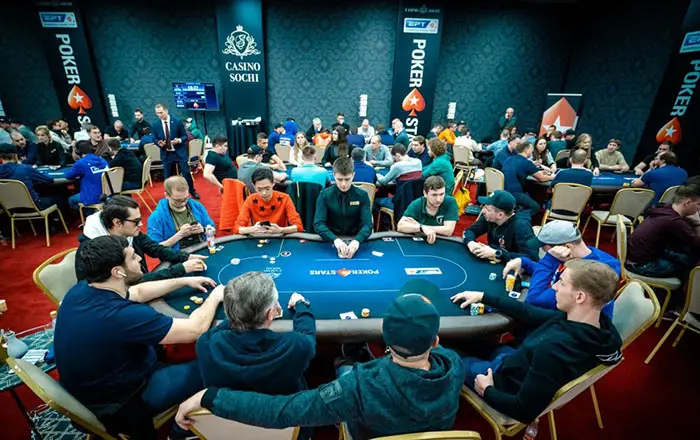 Altai Palace Casino has announced the Altai Place Poker Cup series, which will start in July. 12 events included. The main event will deliver a guaranteed amount of 7,000,000 roubles. Formats: Classic freezeout and rebuy tournaments. Upcoming poker tournaments in Russia will take place in Altai, a hub for regional and Asian players. The site offers excellent service, a wide choice of hotels and a bonus programme for participation. Poker in Altai has become a regular feature of the poker tournament calendar, and competition with the Black Sea destination is increasing.
Altai Palace Casino has announced the Altai Place Poker Cup series, which will start in July. 12 events included. The main event will deliver a guaranteed amount of 7,000,000 roubles. Formats: Classic freezeout and rebuy tournaments. Upcoming poker tournaments in Russia will take place in Altai, a hub for regional and Asian players. The site offers excellent service, a wide choice of hotels and a bonus programme for participation. Poker in Altai has become a regular feature of the poker tournament calendar, and competition with the Black Sea destination is increasing.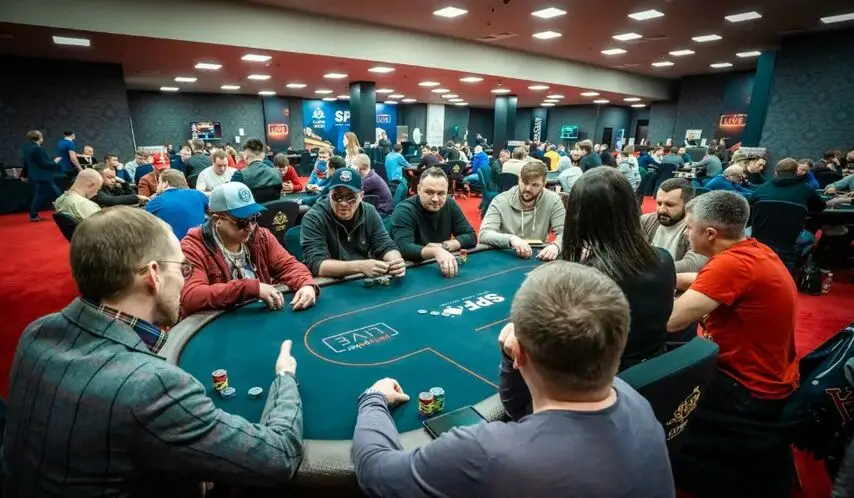 Upcoming poker tournaments in Russia will take place at the country’s best poker venues. Sochi and Altai are two centres of the live scene, competing in terms of organisation and prize money. Online tournaments provide access to offline tournaments. The 2025 season promises a high density of events, progressive formats and new names in the championships. Players who follow the schedule choose the right format, style and pace. The world of poker is becoming increasingly accessible to anyone looking for games, excitement and a real competitive dynamic.
Upcoming poker tournaments in Russia will take place at the country’s best poker venues. Sochi and Altai are two centres of the live scene, competing in terms of organisation and prize money. Online tournaments provide access to offline tournaments. The 2025 season promises a high density of events, progressive formats and new names in the championships. Players who follow the schedule choose the right format, style and pace. The world of poker is becoming increasingly accessible to anyone looking for games, excitement and a real competitive dynamic.
 At first glance, the functioning of this piece seems simple, but its structure conceals profound nuances. How the pawn moves: this chess piece moves one square vertically forward. On its first move, it moves two squares. It attacks diagonally, but does not move diagonally. It cannot move backwards.
At first glance, the functioning of this piece seems simple, but its structure conceals profound nuances. How the pawn moves: this chess piece moves one square vertically forward. On its first move, it moves two squares. It attacks diagonally, but does not move diagonally. It cannot move backwards. Once you understand how the chess pieces move, the board becomes a map full of possibilities. Behind the simple logic of the moves lies a multitude of strategic decisions. Each piece determines a style: the queen stands for aggression, the rook for control and the pawn for the foundation. Chess not only develops the skill to play, but also the ability to think. The depth is revealed with every move you learn. The beginner starts with the mechanics, but eventually arrives at tactics, analysis, and prediction.
Once you understand how the chess pieces move, the board becomes a map full of possibilities. Behind the simple logic of the moves lies a multitude of strategic decisions. Each piece determines a style: the queen stands for aggression, the rook for control and the pawn for the foundation. Chess not only develops the skill to play, but also the ability to think. The depth is revealed with every move you learn. The beginner starts with the mechanics, but eventually arrives at tactics, analysis, and prediction.
 Mistakes in the first ten moves often determine the outcome of the entire game. Experienced players study openings: not only the name, but also the ideas behind them. Structure, development and safety are the three pillars for a successful start.
Mistakes in the first ten moves often determine the outcome of the entire game. Experienced players study openings: not only the name, but also the ideas behind them. Structure, development and safety are the three pillars for a successful start.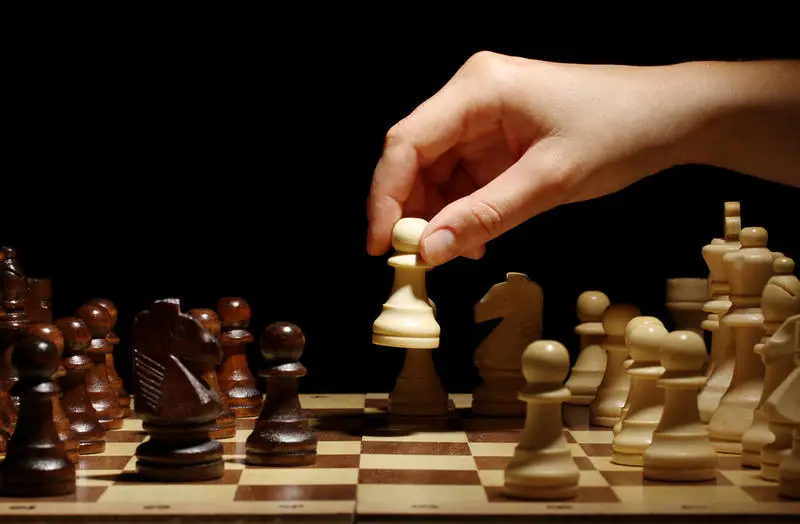 Chess is not a game of chance. This is a system where the winner is the one who has a deeper understanding of logic and can apply this knowledge to dynamics. The secrets of winning are not memorizing moves, but the ability to think several steps ahead, discover weaknesses and stay focused. Psychology is the last piece on the board. Self-confidence, calmness and the ability not to panic in a difficult position determine the outcome of the game as much as combinations and strategy. A player who acts with a clear head and cool logic wins more often, even against a stronger opponent.
Chess is not a game of chance. This is a system where the winner is the one who has a deeper understanding of logic and can apply this knowledge to dynamics. The secrets of winning are not memorizing moves, but the ability to think several steps ahead, discover weaknesses and stay focused. Psychology is the last piece on the board. Self-confidence, calmness and the ability not to panic in a difficult position determine the outcome of the game as much as combinations and strategy. A player who acts with a clear head and cool logic wins more often, even against a stronger opponent.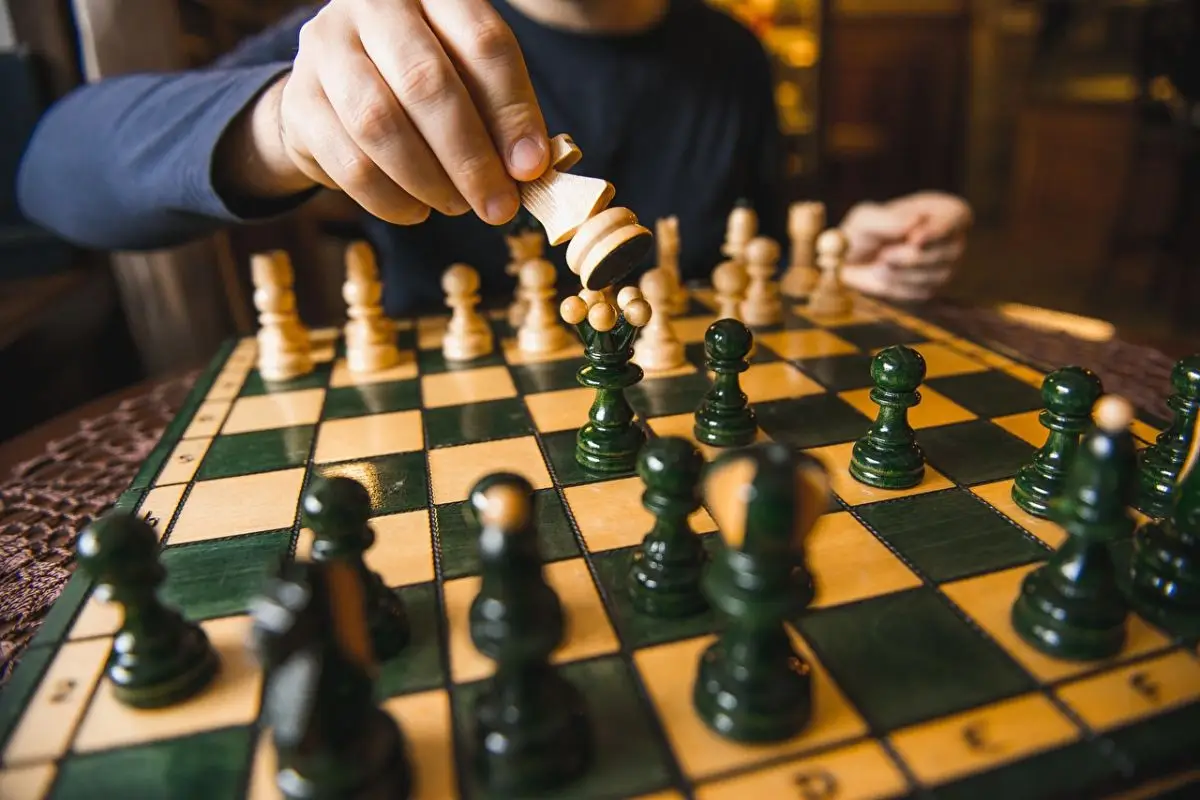
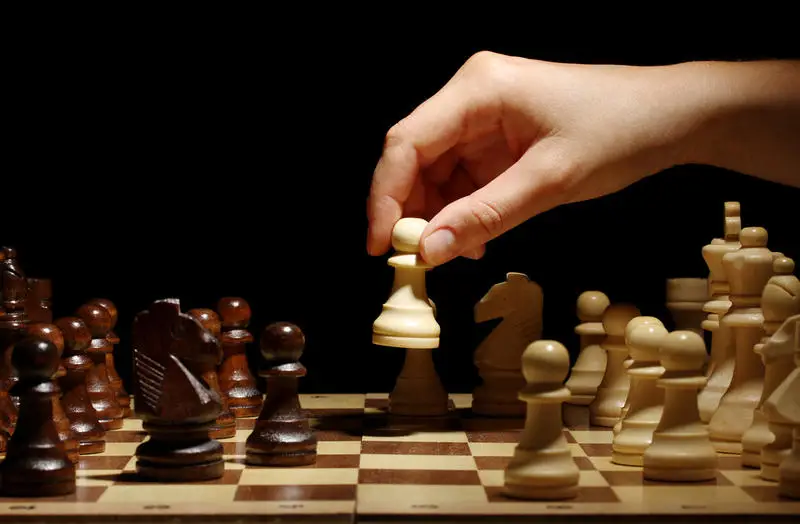 Mastering terminology helps to recognise scenarios, analyse the position quickly and understand the coach’s commands. Anyone who wants to learn chess from scratch should learn the basic vocabulary and the structure of the rules.
Mastering terminology helps to recognise scenarios, analyse the position quickly and understand the coach’s commands. Anyone who wants to learn chess from scratch should learn the basic vocabulary and the structure of the rules.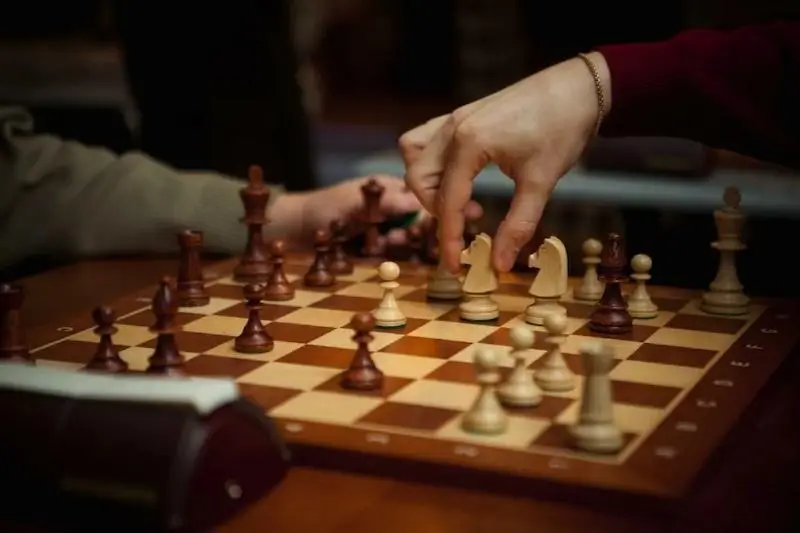 Learning to play chess from scratch not only provides structure on the board, but also in your thinking. Building sequences, making decisions under pressure, analysing alternatives: all these qualities are shaped by games. Every pawn is an idea, the move is a choice, the endgame is a consequence of precision. Only systemic development, constant practice and working with mistakes produce results.
Learning to play chess from scratch not only provides structure on the board, but also in your thinking. Building sequences, making decisions under pressure, analysing alternatives: all these qualities are shaped by games. Every pawn is an idea, the move is a choice, the endgame is a consequence of precision. Only systemic development, constant practice and working with mistakes produce results.
 The WSOP Main Event is the most prestigious and anticipated event among poker players from all over the world. Every year it attracts thousands of participants who compete for the title of champion and multi-million dollar prizes. The buy-in is $10,000, making the event accessible to both professionals and amateurs who have qualified through online satellites or live qualifiers.
The WSOP Main Event is the most prestigious and anticipated event among poker players from all over the world. Every year it attracts thousands of participants who compete for the title of champion and multi-million dollar prizes. The buy-in is $10,000, making the event accessible to both professionals and amateurs who have qualified through online satellites or live qualifiers. What is the World Series of Poker? It is the world’s premier poker event, bringing together professionals and amateurs. The tournament has become part of the history of Las Vegas casinos, the place where new stars and millionaires are born. WSOP: millions of dollars in prize money, prestigious bracelets, legendary winners and an unforgettable atmosphere of poker excellence. Live and online satellites are available to enter the tournament, while live streaming allows you to follow the action in real time.
What is the World Series of Poker? It is the world’s premier poker event, bringing together professionals and amateurs. The tournament has become part of the history of Las Vegas casinos, the place where new stars and millionaires are born. WSOP: millions of dollars in prize money, prestigious bracelets, legendary winners and an unforgettable atmosphere of poker excellence. Live and online satellites are available to enter the tournament, while live streaming allows you to follow the action in real time.
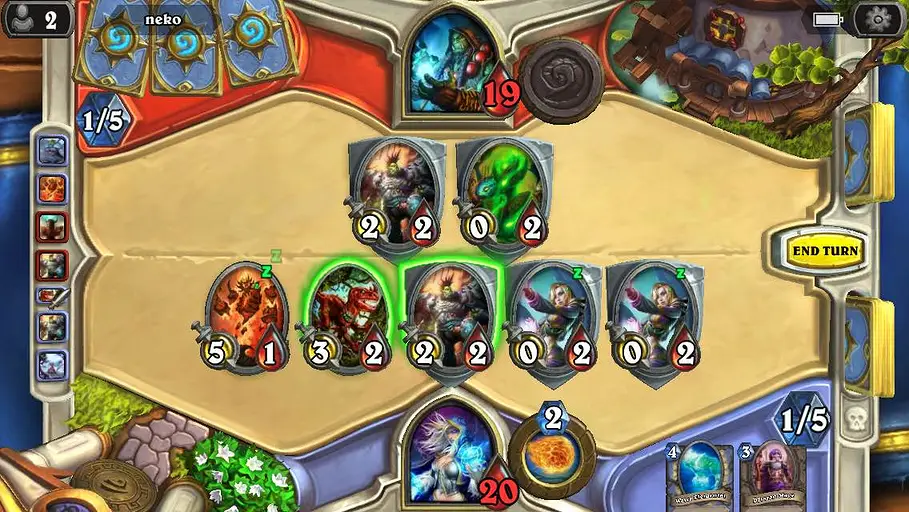 Hearthstone’s card system is based on collecting and combining cards to create strong decks. Each addition brings new mechanics and opportunities to experiment in the process.
Hearthstone’s card system is based on collecting and combining cards to create strong decks. Each addition brings new mechanics and opportunities to experiment in the process.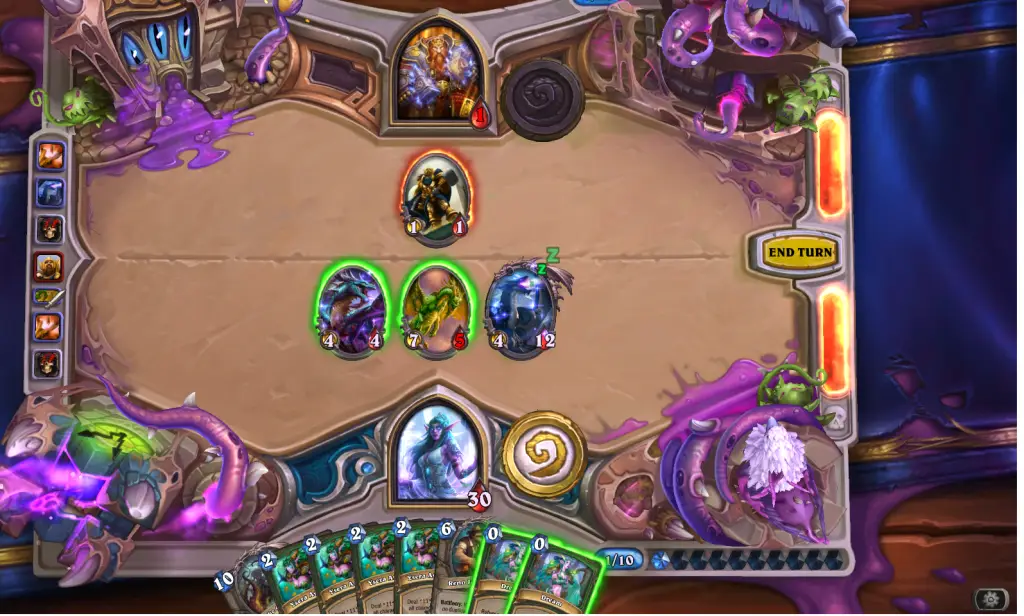 The card game Hearthstone continues to attract millions of users thanks to its harmonious combination of strategy, collecting and dynamic gameplay. Classes, modes, maps and regular updates make it relevant despite the competition. For newcomers, it’s a great way to explore the world of CCi, while for veterans it’s a chance to try out new mechanics and strategies.
The card game Hearthstone continues to attract millions of users thanks to its harmonious combination of strategy, collecting and dynamic gameplay. Classes, modes, maps and regular updates make it relevant despite the competition. For newcomers, it’s a great way to explore the world of CCi, while for veterans it’s a chance to try out new mechanics and strategies.
 Bridge is an intellectual card game for four players in two teams. The main objective of each group is to win bribes according to a certain contract. A standard deck of 52 cards without jokers is used. The game is divided into four phases: deal, auction, draw and score:
Bridge is an intellectual card game for four players in two teams. The main objective of each group is to win bribes according to a certain contract. A standard deck of 52 cards without jokers is used. The game is divided into four phases: deal, auction, draw and score: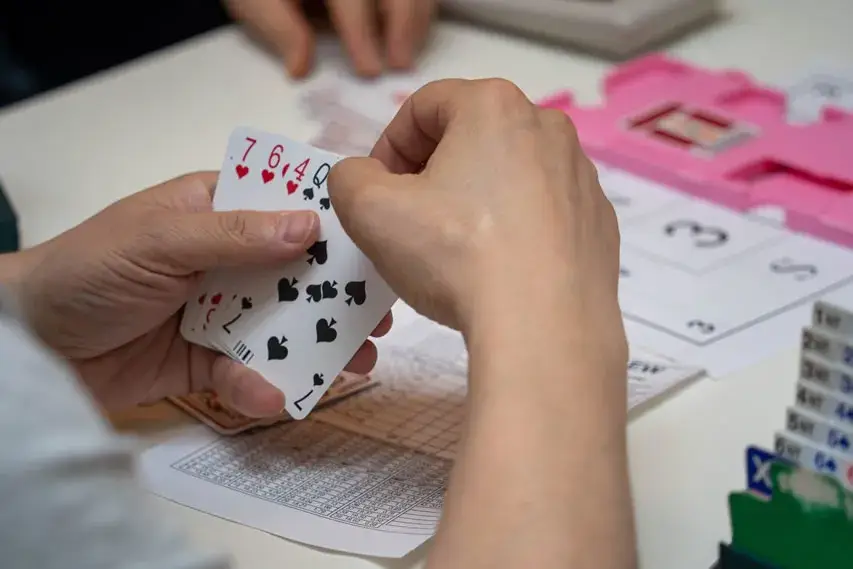 The history of sports bridge shows the uniqueness of this game, which combines intelligence, tactics and competitive spirit. With its rules, terminology and prestigious tournaments, the format remains an important part of the world’s sporting heritage.
The history of sports bridge shows the uniqueness of this game, which combines intelligence, tactics and competitive spirit. With its rules, terminology and prestigious tournaments, the format remains an important part of the world’s sporting heritage.





